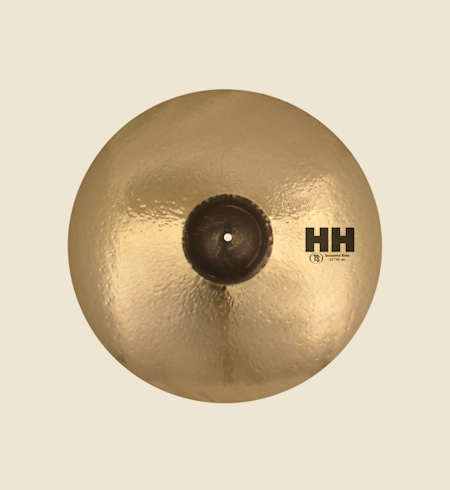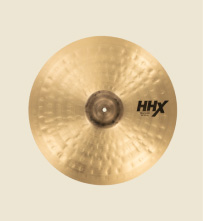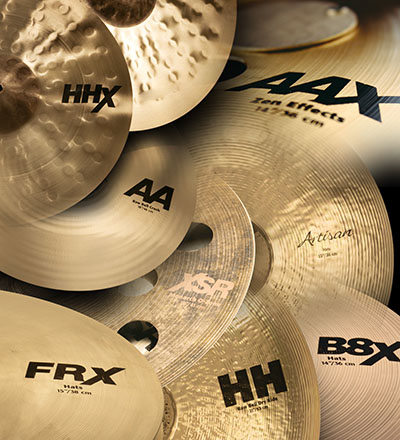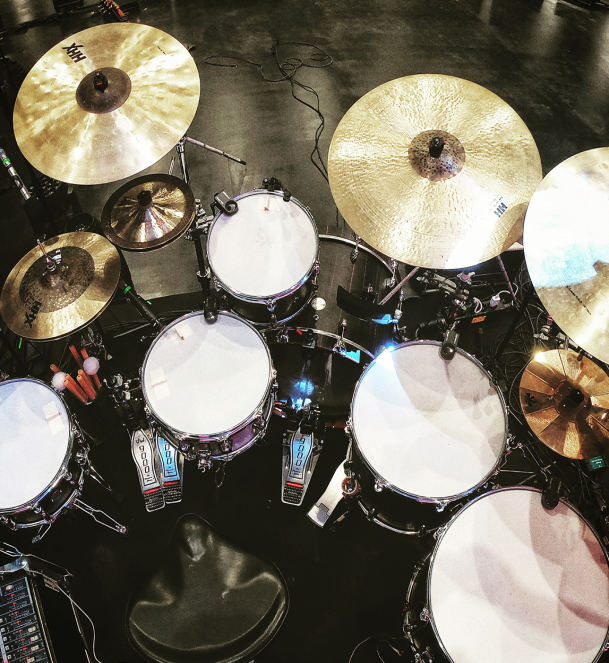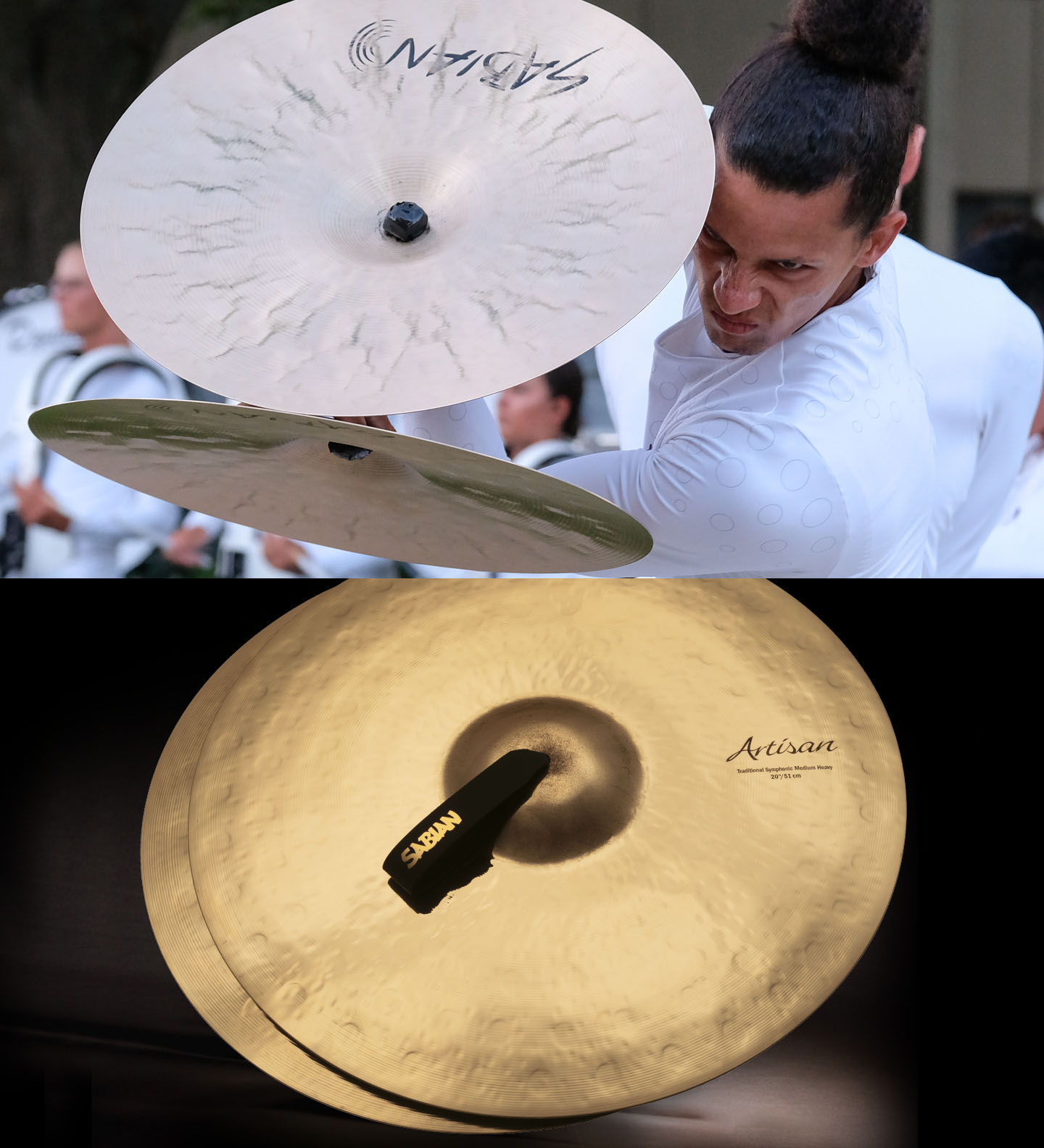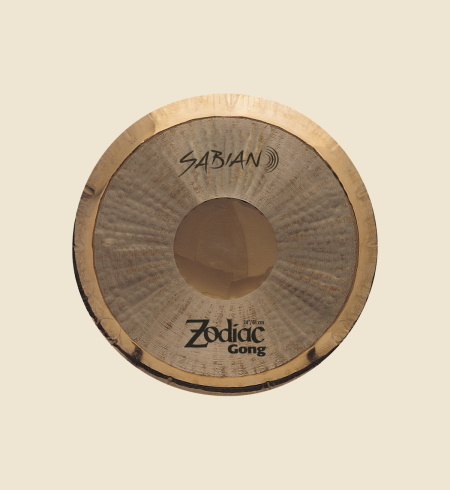Cymbals 101
Learn
cymbals
find what you are looking for
The anatomy of a cymbal
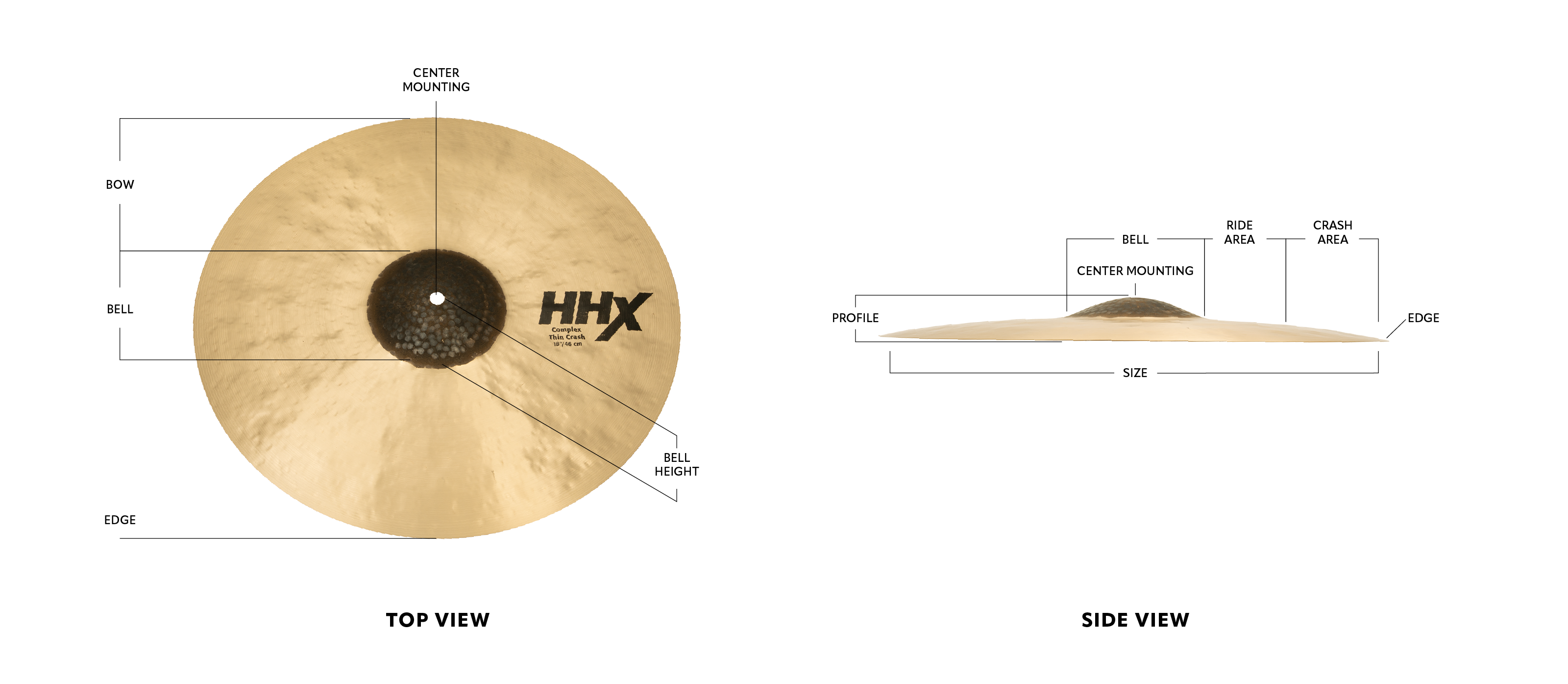
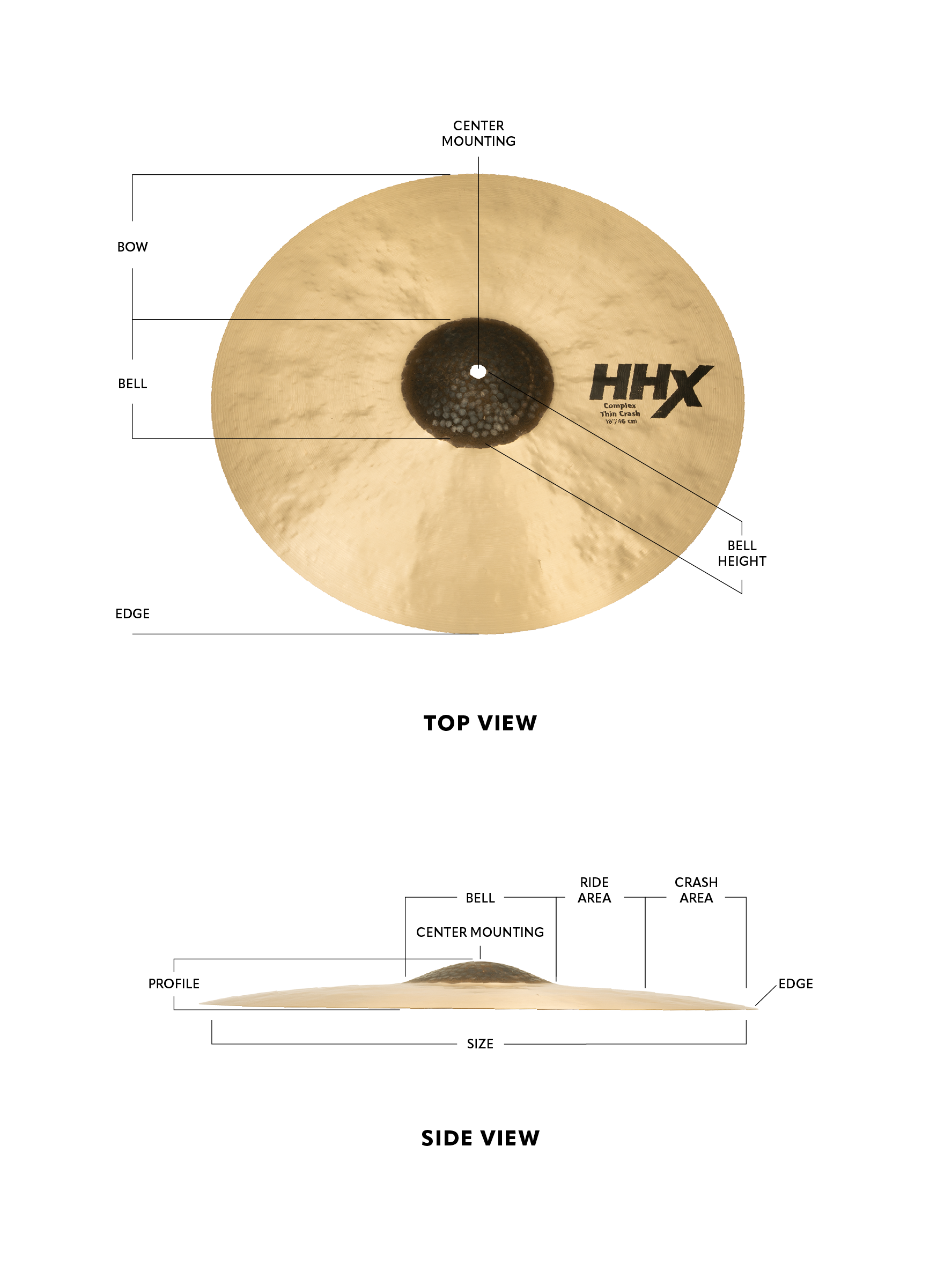
Cymbal types, weights, and sizes
There are different types cymbals that are commonly found on a drum-set – here we explain what each of those types are. Click on each cymbal name to get a brief description of it.
The weight of a cymbal has a major influence on how it sounds. While there are lots of different words used to describe cymbal weights, the difference between heavy, light, and cymbals that are of a medium weight are explained here. Click on each weight to find out the differences between the weights.
Size is also a major influence on how a cymbal sounds: larger cymbals are louder and sustain longer than smaller cymbals.
Hats (or hi-hats) are a pair of cymbals mounted on a stand that is operated/played by the foot. The cymbals are played with drumsticks as well as the foot, and can produce a variety of sounds depending on how tightly the cymbals are held together with the foot pressure . Hi-hats are a fundamental part of the drum-set. The most common size for hi-hats is 14” in diameter, but 13” and 15” are also popular.
Rides are cymbals that are mostly used to maintain repetitive rhythmic patterns. Generally around 20” to 22” in size, they can be as small as 18” or as large as 24”. Rides are a fundamental part of a drum-set set-up.
Crash cymbals are generally used to play accents. They are thinner and smaller than rides (14” to 20”). Most players have at least one crash in their set-up. Crashes produce a “burst” of sound, as evidenced by the name “crash.”
Splash cymbals are small cymbals used to play short accents. They differ from crash cymbals in their smaller size (12” down to 6”) and the tone and length of the sound they produce. Splash and China cymbals are often referred to as “effect” cymbals.
China or Chinese are cymbals that have an upturned edge. They are typically in the same size range as crashes, with 16”and 18” being popular sizes. China cymbals make a sound that is often referred to as “trashy,” producing a sharp, cutting and dirty-sounding accent. Some China cymbals are large and resonant enough to be used as ride cymbals for jazz. Splash and China cymbals are often referred to as “effect” cymbals.
Heavy cymbals are the most articulate, loudest, and longest sustaining cymbals. The heavier a cymbal is, the harder it must be hit to allow its full resonance to sound. Heavier cymbals will also stand up to harder playing for longer without breaking.
Light cymbals are the least articulate, quietest, and least sustaining cymbals. Light cymbals can be played with a soft touch and will reach their full resonance without being hit extremely hard.
Medium weight cymbals are a good balance of articulation, volume, and sustain.
Finish
The two most common cymbal finishes are "natural" and "brilliant". Brilliant finish cymbals are polished and buffed whereas natural finish cymbals are not.
Lathing
The lathing process adds the 'rings' that you see on the surface of a cymbal. Some cymbals are not lathed at all or have a select area that remains unlathed; that is often referred to as a 'raw' finish
Bell size
Bell size, both the relative diameter and the height, effect the sound of a cymbal. The bigger the bell, the more higher and brighter over-tones the cymbal will have.
Hammering
Nearly all cymbals undergo some level of hammering, either by hand or mechanically. Hammering improves the complexity of a cymbal's sound.
Profile
Profile refers to the shape and height of a cymbal as you look at it from the side. The higher a cymbal's profile is, the higher it's pitch becomes and the brighter it is than a similar cymbal of the same size and lower profile.
Thickness
Thickness is often referred to interchangeably with weight. The heavier and thicker a cymbal is, the harder it must be hit to allow its full resonance to sound. Heavier cymbals are more suitable for heavier, louder playing. See above for more explanation of how weight effects the sound of a cymbal
Speak Like a Drummer
-
Outro
au·trow
noun
A section of music played at the end of a song, often where the music is repeated many times, getting quieter each time until barely audible.
-
Intro
in·trow
noun
A section of music played at the beginning of a song , before the verse or chorus.
-
Chorus
kaw·ruhs
noun
The refrain, or repeated section of a song which has the same (or nearly the same) lyrics each time it is played and which contains the memorable melody of a song.
-
Verse
vurs
noun
A part of a song in which the main story is told.
-
Arrangement
uh·raynj·muhnt
noun
The order of the parts of a song and also can refer to the orchestration of a song.
-
Orchestration
or·kuh·stray·shn
noun
The assigning of parts to the various members of the orchestra/ensemble/band; when referred to drum-set, it is the deciding of which part of the drum-set to play a given rhythm on.
SIGN UP TO BE A SABIAN INSIDER!
Sign up to get insider information on new SABIAN products, artists, deals and more.

